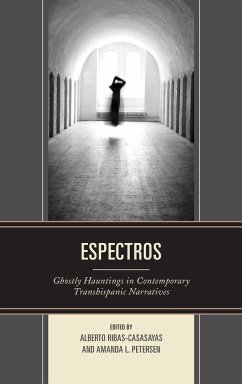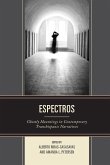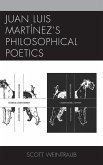Espectros is a compilation of original scholarly studies that presents the first volume-length exploration of the spectral in literature, film, and photography of Latin America, Spain, and the Latino diaspora. In recent decades, scholarship in deconstructionist "hauntology," trauma studies, affect in image theory, and a renewed interest in the Gothic genre, has given rise to a Spectral Studies approach to the study of narrative. Haunting, the spectral, and the effects of the unseen, carry a special weight in contemporary Latin American and Spanish cultures (referred to in the book as "Transhispanic cultures"), due to the ominous legacy of authoritarian governments and civil wars, as well as the imposition of the unseen yet tangible effects of global economics and neoliberal policies. Ribas and Petersen's detailed introductory analysis grounds haunting as a theoretical tool for literary and cultural criticism in the Transhispanic world, with an emphasis on the contemporary period from the end of the Cold War to the present. The chapters in this volume explore haunting from a diversity of perspectives, in particular engaging haunting as a manifestation of trauma, absence, and mourning. The editors carefully distinguish the collective, cultural dimension of historical trauma from the individual, psychological experience of the aftermath of a violent history, always taking into account unresolved social justice issues. The volume also addresses the association of the spectral photographic image with the concept of haunting because of the photograph's ability to reveal a presence that is traditionally absent or has been excluded from hegemonic representations of society. The volume concludes with a series of studies that address the unseen effects and progressive deterioration of the social fabric as a result of a globalized economy and neoliberal policies, from the modernization of the nation-state to present.
Bitte wählen Sie Ihr Anliegen aus.
Rechnungen
Retourenschein anfordern
Bestellstatus
Storno









